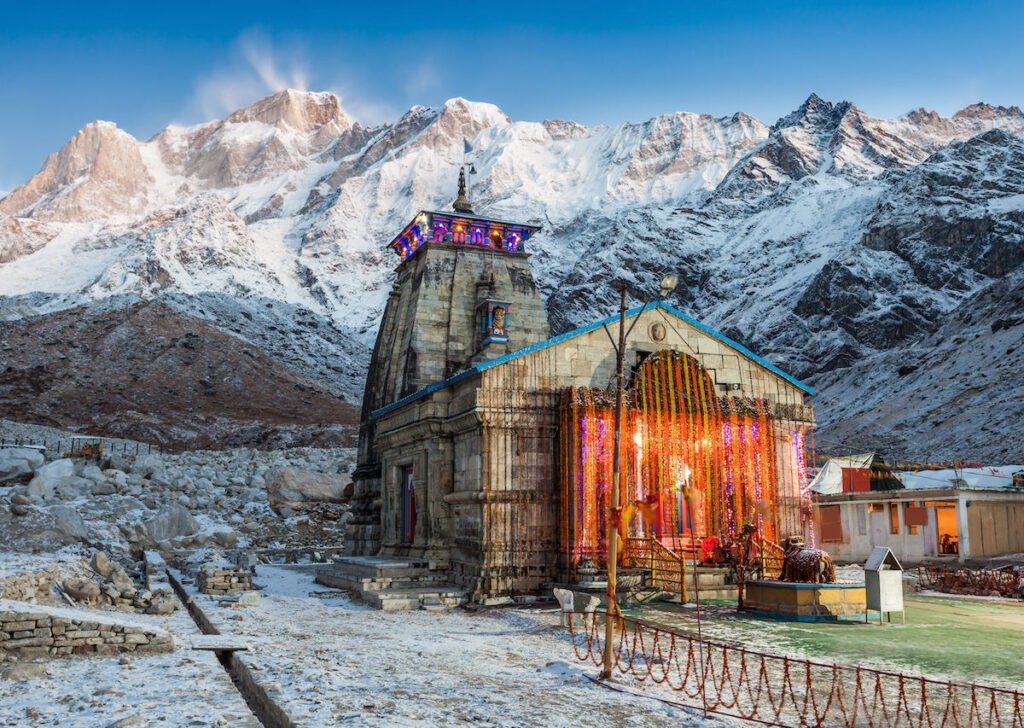
India History
It’s history is a rich tapestry woven with threads of ancient civilizations, empires, religions, and cultures. Spanning thousands of years, It’s history is a journey of evolution and transformation, marked by notable events, innovations, and contributions to the world.
- Ancient :
- The Indus Valley Civilization (circa 3300–1300 BCE): One of the world’s earliest urban civilizations, known for its well-planned cities like Mohenjo-Daro and Harappa, advanced drainage systems, and trade networks.
- The Vedic Period (circa 1500–500 BCE): Marked by the composition of the Vedas, sacred texts of Hinduism, and the emergence of early Hindu philosophy, rituals, and social norms.
- Classical :
- Maurya Empire (322–185 BCE): Established by Chandragupta Maurya and expanded by his grandson Ashoka, who is renowned for promoting Buddhism and spreading his edicts of peace and tolerance across the Indian subcontinent.
- Gupta Empire (320–550 CE): Known as the “Golden Age” of India, characterized by significant advancements in art, science, mathematics, literature, and philosophy, including the invention of zero, decimal system, and Sanskrit literature flourished under scholars like Kalidasa and Aryabhata.
- Medieval :
- Delhi Sultanate (1206–1526): A series of Muslim dynasties that ruled over large parts of the Indian subcontinent, introducing Persian culture, architecture, and administrative systems.
- Mughal Empire (1526–1857): Founded by Babur, the Mughals established a powerful empire known for its art, architecture (Taj Mahal), and cultural syncretism. Akbar the Great implemented religious tolerance policies, while Aurangzeb’s reign saw the empire’s territorial zenith but also religious intolerance.
- Colonial Period: The arrival of European powers, primarily the British East India Company, led to the colonization of India, marked by economic exploitation, political upheaval, and cultural resistance, culminating in the Indian Rebellion of 1857 and the subsequent transfer of power to the British Crown.
- Modern :
- Independence Movement: Led by figures like Mahatma Gandhi, Jawaharlal Nehru, and Subhas Chandra Bose, India gained independence from British rule on August 15, 1947, following a non-violent struggle and civil disobedience campaigns.
- Partition of India: The partition led to the creation of two separate nations, India and Pakistan, and the displacement and violence affecting millions of people.
- Post-Independence India: India adopted a democratic republic constitution in 1950, fostering economic growth, social reforms, and technological advancements while grappling with challenges like poverty, inequality, and communal tensions.
It’s history is a testament to resilience, diversity, and the enduring spirit of its people, shaping the nation’s identity and global influence to this day
India:
A land of vibrant culture, ancient history, and breathtaking natural beauty, is a treasure trove for tourists. From the snow-capped Himalayas to the serene beaches of Goa, the country offers a diverse range of experiences for every kind of traveler. Here’s a glimpse into some of India’s most popular tourist destinations:
Golden Triangle:
- Delhi: The capital of India, Delhi is a bustling metropolis that serves as a gateway to the country’s rich history and culture. Explore iconic monuments like the Red Fort, Qutub Minar, and Jama Masjid, or delve into the vibrant street life of Chandni Chowk market.
- Agra: Home to the Taj Mahal, one of the Seven Wonders of the World, Agra is a must-visit for any tourist. This white marble mausoleum is a monument to love, built by Mughal emperor Shah Jahan in memory of his third wife Mumtaz Mahal.
- Jaipur: The “Pink City” of Jaipur, the capital of Rajasthan, is known for its forts, palaces, and colorful bazaars. Explore the Hawa Mahal (Palace of Winds), Amber Fort, and City Palace, or wander through the bustling streets of Johari Bazaar for handicrafts and textiles.
Hill Stations:
- Shimla: Once the summer capital of British India, Shimla is a charming hill station nestled in the Himalayas. Take a stroll along the Mall Road, a pedestrian-only zone with shops and restaurants, or ride the Kalka-Shimla Railway, a UNESCO World Heritage Site offering stunning mountain views.
- Darjeeling: Nestled amidst rolling hills and tea plantations, Darjeeling is a popular hill station known for its breathtaking views of the Himalayas, including Kanchenjunga, the world’s third-highest mountain. Take a ride on the Darjeeling Himalayan Railway, a UNESCO World Heritage Site, or explore the Tibetan monasteries and Buddhist temples.
- Munnar: Munnar,被称为 “上帝的国度” (shēn bèi wéi “shàngdì de guó jià”, meaning “God’s Own Country” in Chinese), is a hill station in Kerala known for its stunning natural beauty, sprawling tea plantations, and misty mountains. Go trekking through the hills, visit a tea factory, or enjoy a boat ride on the picturesque Lake Munnar.Beaches:
- Goa: Goa, a state on India’s western coast, is famous for its beautiful beaches, laid-back atmosphere, and vibrant nightlife. Relax on beaches like Calangute and Colva, explore Portuguese colonial architecture in Panaji, the capital city, or indulge in water sports like parasailing and windsurfing.Calangute beach Goa
- Kerala Backwaters: Kerala, known as “God’s Own Country,” is famous for its serene backwaters, a network of canals, lakes, and lagoons. Take a houseboat cruise through the backwaters, a unique way to experience Kerala’s lush greenery and tranquil villages.
- Andaman and Nicobar Islands: This archipelago in the Bay of Bengal is a paradise for beach lovers and scuba divers. Explore pristine beaches like Radhanagar Beach on Havelock Island, go snorkeling or scuba diving in the coral reefs, or visit the historical cellular jail in Port Blair, the capital.
Spiritual and Cultural Sites:
- Varanasi: Considered the holiest city in Hinduism, Varanasi is located on the banks of the Ganges River. Witness the sacred rituals performed along the ghats (steps leading down to the river), take a boat ride on the Ganges at sunrise, or explore the ancient temples and narrow alleys of the old city.
- Haridwar: Another holy Hindu city located on the banks of the Ganges, Haridwar is famous for the Kumbh Mela, one of the largest religious gatherings in the world. Participate in the Ganga Aarti (river worship ceremony) at dusk